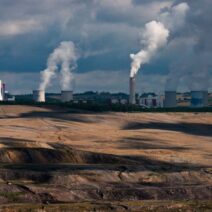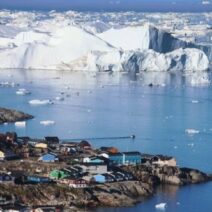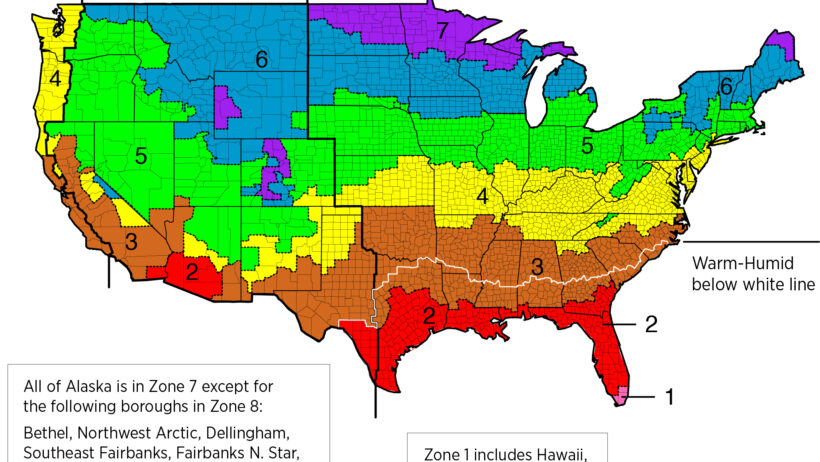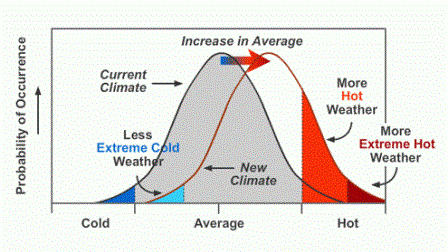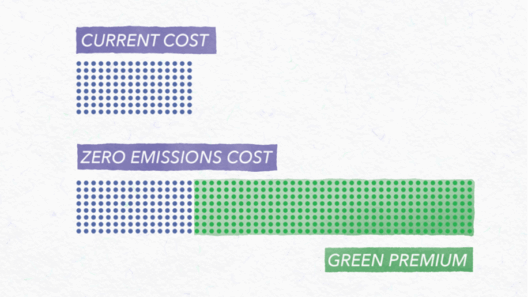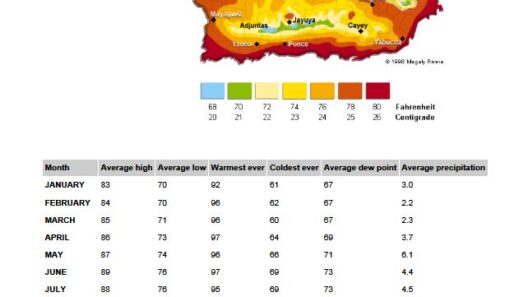The United States, a vast expanse of diverse geography, is equally characterized by its multifaceted climate. Stretching from the Arctic tundra of Alaska to the balmy beaches of Florida, the climate of the USA serves as a remarkable tableau of contrasting weather patterns and ecological systems. This examination delves into the climatic diversity found across the nation, illuminating how regional variations mold environmental conditions and human experiences alike.
One of the primary factors influencing climate in the United States is the sheer size of the country. With its sprawling dimensions, the U.S. spans multiple latitude lines, a phenomenon that dramatically affects temperature, precipitation, and seasonal changes. The interplay of these variances creates a rich tapestry of climatic zones, each with distinct characteristics.
Beginning in the northwest, the climate is predominantly influenced by the Pacific Ocean. Coastal areas experience a temperate maritime climate, which means mild, wet winters and cool, dry summers. The rainfall patterns are abundant, particularly in places like Seattle, Washington, where an oceanic influence ensures a verdant landscape. However, venture eastward into the interior, and one can witness the rain shadow effect caused by the Cascade Range. This leads to semi-arid regions, notably in eastern Washington and Oregon, where the environment transitions quickly from lush greenery to arid scrublands.
Traveling further north, Alaska presents a stark contrast with its frigid Arctic climate. The state is typified by long, brutally cold winters and short, mild summers. The tundra and subarctic climates dominate the landscape, creating habitats for unique flora and fauna adapted to the harsh conditions. In addition to its chilling temperatures, Alaska’s climate plays a pivotal role in global climate systems. The melting of glaciers and permafrost serves as a critical indicator of climate change, highlighting the urgency of environmental activism.
As we move southward, the climatic conditions morph remarkably. The Rocky Mountains act as a formidable barrier, leading to diverse microclimates. In the foothills, diverse ecosystems flourish. However, the high plains to the east are characterized by a continental climate, marked by extreme temperature fluctuations—hot summers and cold winters. This region is particularly susceptible to droughts and storms, phenomena that underscore the interdependencies of climate and agriculture.
The American Midwest, often referred to as “America’s breadbasket,” exemplifies a humid continental climate. This area receives ample rainfall, supporting vast agricultural activities. The richness of the soil, combined with sufficient precipitation, allows for the cultivation of staple crops such as corn and soybeans. However, the interplay of climate change is audibly whispering through accelerated storm patterns and increased flooding, which pose threats to food security and crop yields.
Contrasting sharply with the Midwest, the Southeastern United States exemplifies a subtropical climate. This region, with its hot, humid summers and mild winters, is famous for its lush landscapes and diverse ecosystems. Heavy rainfall is common, particularly during the summer months, contributing to the region’s infamous hurricanes. Areas such as Florida, with its warm temperatures and frequent thunderstorms, highlight the necessity for robust disaster preparedness measures as climate change increases the intensity of such events.
Meanwhile, the arid Southwest showcases a desert climate, punctuated by extreme temperatures and minimal precipitation. States like Arizona and New Mexico experience scorching summers, with temperatures regularly eclipsing 100°F. Water scarcity emerges as a pressing challenge in these regions; the reliance on river systems like the Colorado exacerbates tensions between urban development and environmental conservation.
The climate of the United States is not static. It is an ever-evolving entity shaped by human actions and natural phenomena. Climate change manifests through rising temperatures across the nation, altered precipitation patterns, and an increased frequency of extreme weather events. These changes hold alarming implications for both biodiversity and human health. Vulnerable communities, often situated in heavily affected areas, face the brunt of climate-related adversities, from flooding to heatwaves, stressing the imperative for climate justice as we seek to mitigate these impacts.
Climate activism is essential in addressing these myriad issues. Awareness of the diverse climatic regions can foster a greater appreciation for local environments and the urgent need to protect them. Promoting sustainable practices and informed policy interventions can yield significant benefits, not only for local populations but also for global ecological health.
In conclusion, the climate of the United States epitomizes an intricate mosaic. From the icy terrains of Alaska to the humid shores of Florida, the variability of climates elucidates the complexities of ecosystems and the challenges of climate change. An understanding of these climatic diversities is integral for developing effective strategies to combat environmental degradation and promote sustainable living. As we forge ahead, prioritizing climate resilience and social equity will be paramount in safeguarding the future of our nation’s diverse climates and the countless lives they sustain.
